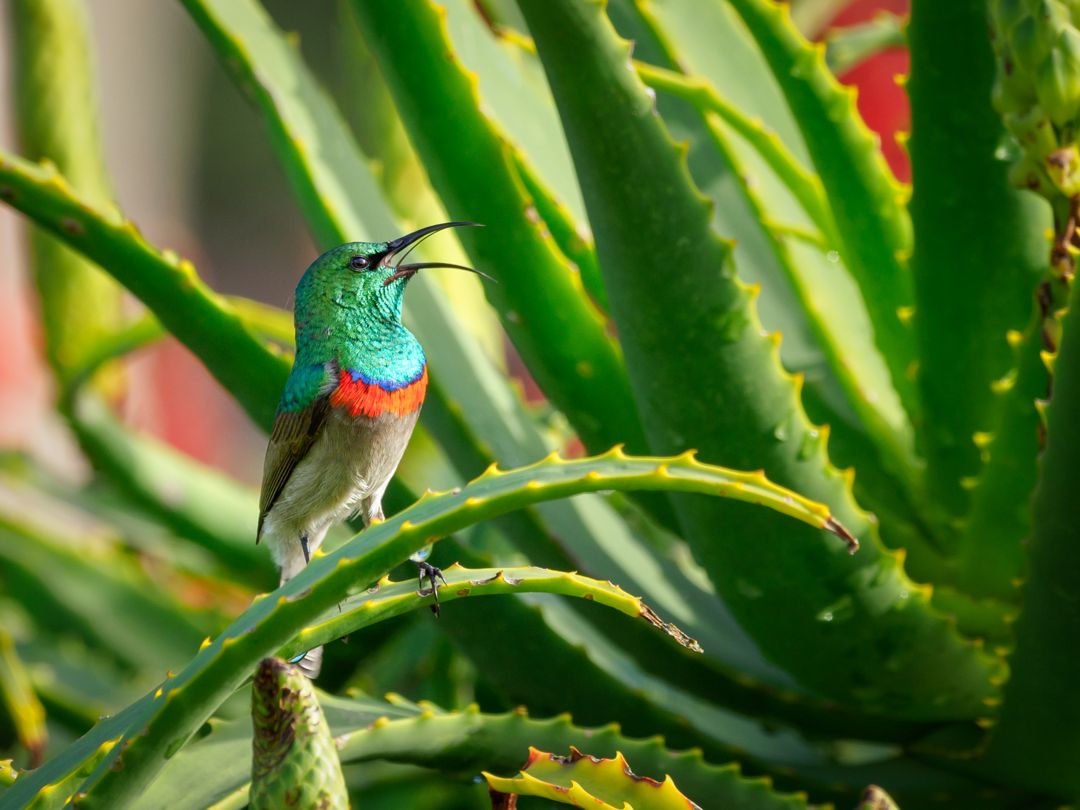Are you starting a veggie garden in a subtropical or tropical climate? These regions offer a unique set of conditions for growing veggies, and it’s important to understand the differences between the two and choose the right plants for your area.
Subtropical vs tropical 🌴
First, let’s define the key differences between subtropical and tropical climates. Subtropical regions have mild winters, and the temperature typically doesn’t go below freezing. On the other hand, tropical regions have warm temperatures year-round and usually high humidity. The main difference between these two climates is the temperature; subtropical climates have a cooler winter period, while tropical climates are consistently warm. While many subtropical climates are humid and wet, they can also be dry and arid, such as the southwest United States.
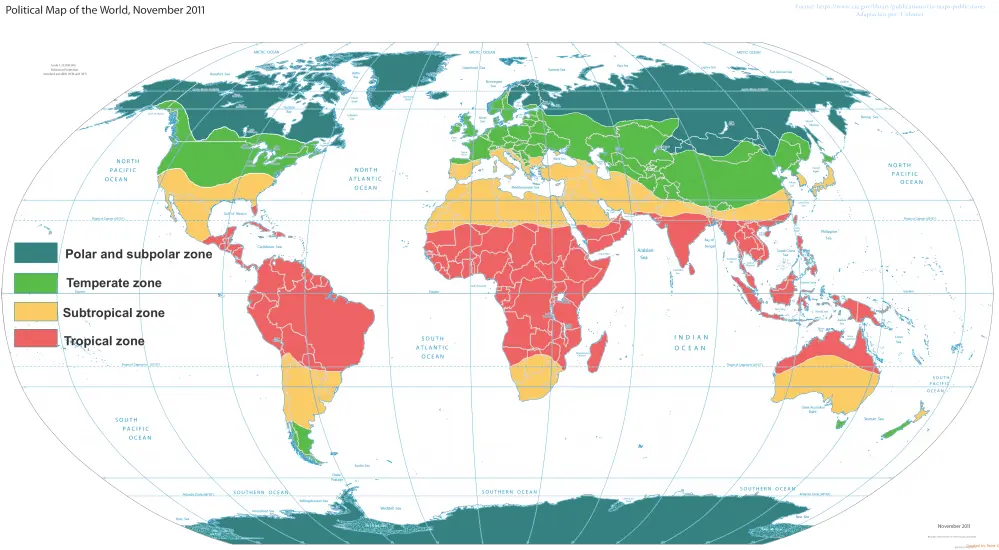
What to grow
When it comes to gardening in subtropical and tropical climates, it’s all about choosing plants that are well-suited to the weather. Some popular choices include:
- Beans
- Cucumbers
- Cowpea (aka Black Eyed Peas)
- Eggplant
- Okra
- Peppers
- Pumpkin
- Squash
- Sweet corn
- Sweet potato - these grow really well during the wet season 🌧
- Tomatoes - choose heat-tolerant varieties or cherry tomatoes, which are hardier than bigger varieties
- Watermelon
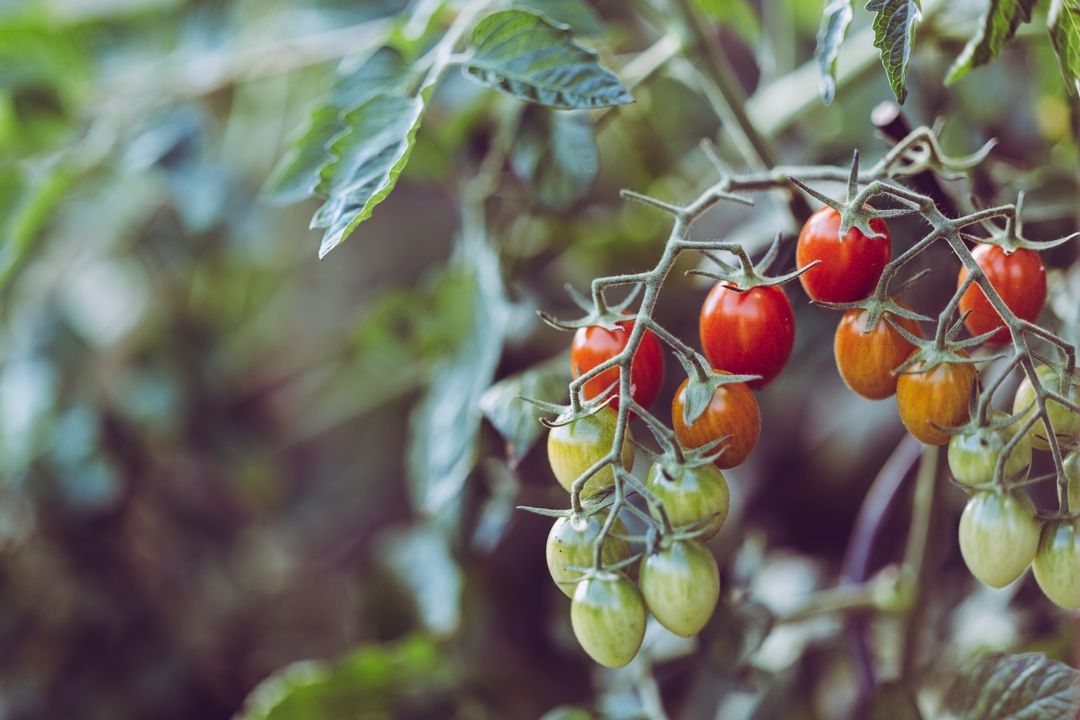
These veggies thrive in warm weather and can give you a constant supply of fresh produce.
Leafy greens such as lettuce, spinach, and kale can also be grown, but they’ll require a bit more care as they are more susceptible to bolting and disease in the heat. Instead of these, consider growing mustard greens, Asian greens, or bok choy.
For tropical climates, many of the same veggies can be grown, but it is essential to choose varieties that are more tolerant to high heat and humidity. It’s also important to pay attention to the soil quality, make sure it’s well-draining, and amend it with organic matter if necessary.
What NOT to grow
Now, let’s talk about the veggies you should avoid. Cool-weather crops like broccoli, cauliflower, and cabbage will have a tough time in tropical climates, but can be grown during the cool season in subtropical regions. You can see whether a plant is a warm or cool weather crop in Planter’s quick info section.
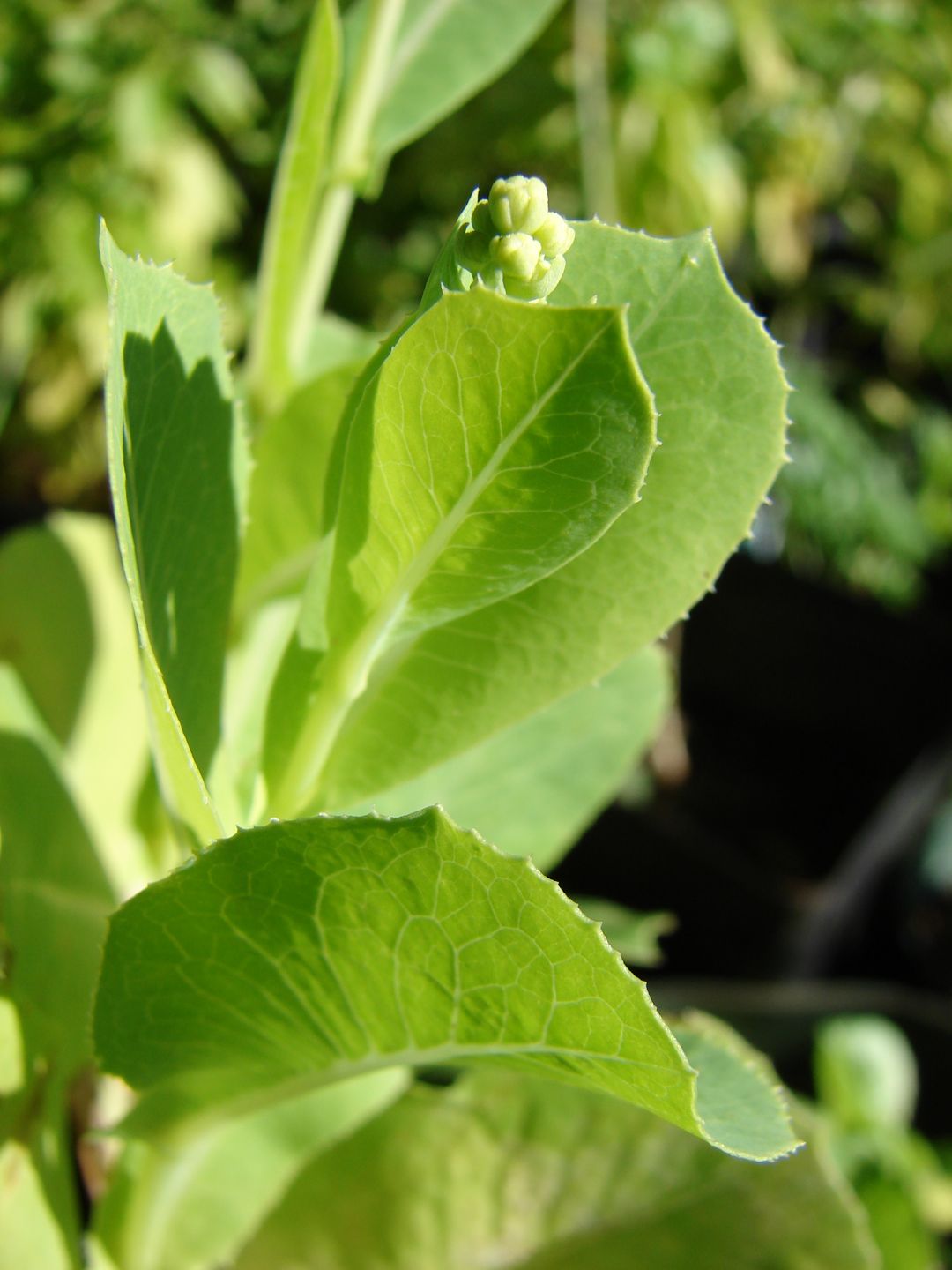
Root veggies like carrots, beets, and radishes might also struggle because the soil can get too warm to successfully germinate the seeds.
When to grow
Being in a subtropical or tropical location, you probably don’t have frost dates. Planter uses frost dates to create its custom planting calendars, so unfortunately the calendar feature doesn’t work well for subtropical and tropical climates. So when do you plant seeds? The answer depends on the type of plant, and how you’re starting it:
Starting seeds in trays
You can start seeds this way anytime, but many people choose to start seeds in trays during the cool season or peak-summer. This protects them during either end of your climate’s extremes. Depending on your specific climate, you may need to cover them to protect them from excessive rain or sunlight. This is a great way to start large variety tomatoes so that you get a good harvest before winter.
Cool season crops
Carrots, brassicas, beets, sugar snap peas, and other cool season crops need cool weather to germinate and avoid bolting. As the name suggests, these plants should be started during the cool season, but once the rainfall has stabilized and the humidity receeds.
Warm season crops
Once the weather warms up, it’s time to start all those warm season crops. Corn, ginger, okra, and mellons.
Shoulder season crops
In-between the winter and summer is the ideal time to grow a bunch of picky veggies, including cucumber, beans, strawberries, large variety tomatoes, and zucchini. Winter is a bit too cold for them and summer is too humid, rainy and pest-ridden.
Year round crops
Some crops are so well-suited to these climates that you can grow them year round! These include sweet potatoes, pumpkins, bunching onions, many herbs, and radishes. You can over-winter some plants including peppers and eggplants. Simply cut them back once the temperature drops and they’ll come back next summer with a fresh round of fruit!
Pests and diseases
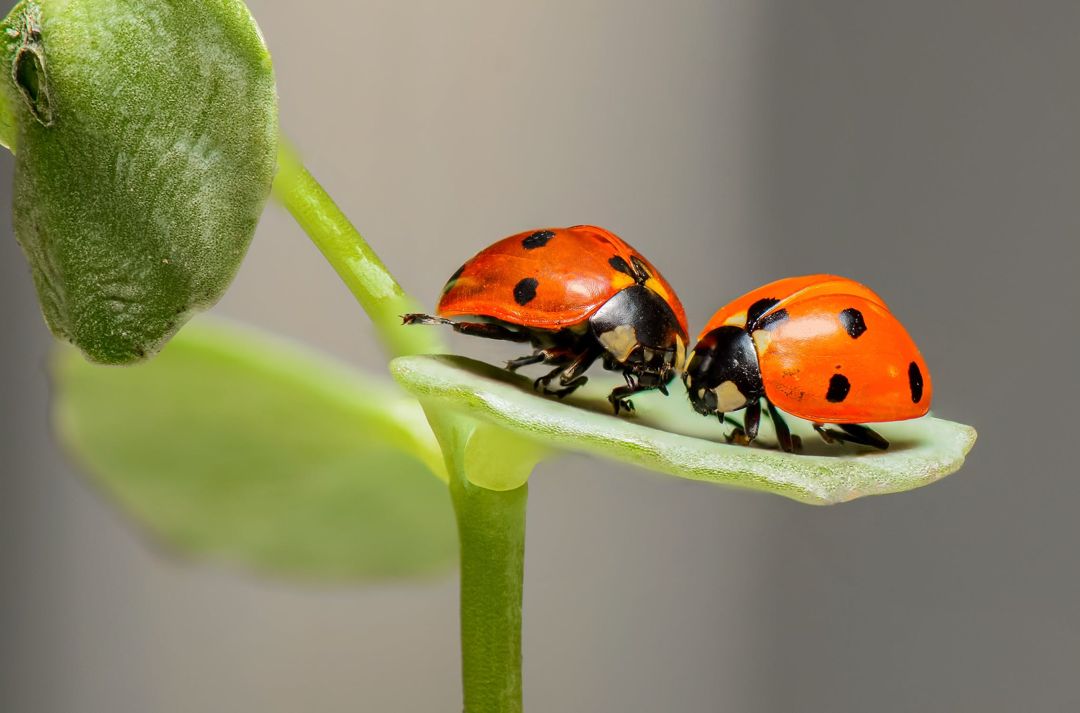
Another thing to keep in mind is pest and disease control. In sub-tropical and tropical climates, pests and diseases can be an even bigger hassle. To control pests, you can use natural methods such as companion planting and using beneficial insects. Diseases can be controlled through proper watering, good air circulation, and avoiding overcrowding.
Resources
When in doubt, it’s best to check with a local resource to determine what works best for your specific climate. Planter is a terrific app, but cannot account for the intricacies of every micro-climate. Your dirt-covered and sunburned garden-obsessed neighbor will know exactly what works in your area 😉.
Here are few great resources to learn more about subtropical and tropical gardening in your region:
- University of Florida - If you live in Florida, look no further than the UF gardening calendar
- University of California | The California Garden Web - The perfect resource for those in California
- Self Sufficient Me - Mark from Self Sufficient Me lives in subtropical Australia. His down-to-earth style and frequent corny jokes make him one of our favorite gardeners on Youtube.
Conclusion
Gardening in subtropical and tropical climates presents some unique challenges, but with the right plants and care, you can enjoy a delicious and bountiful harvest! By understanding your climate, choosing vegetables that are well-suited to your specific region, and controlling pests and diseases, you can have a thriving vegetable garden all year round. Happy gardening!
